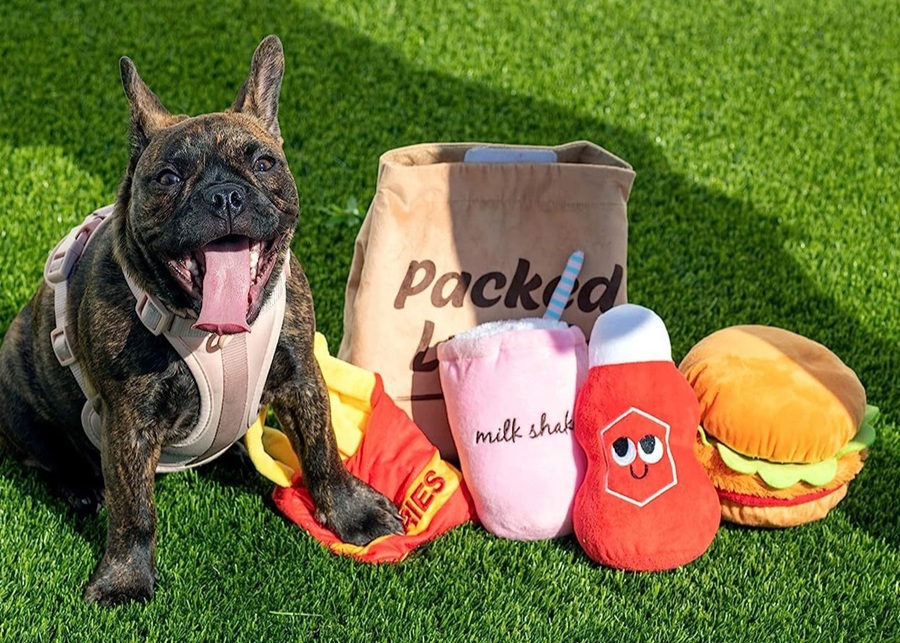You have a brilliant idea for a new pet toy. But the path from a simple concept to mass production seems confusing and overwhelming, stopping you from moving forward.
The process involves two main stages: first, thoroughly understanding the pet toy market and your target audience. Second, moving into prototype design, material selection, finding a manufacturing partner, and scaling production with strict quality control to bring your toy to market.
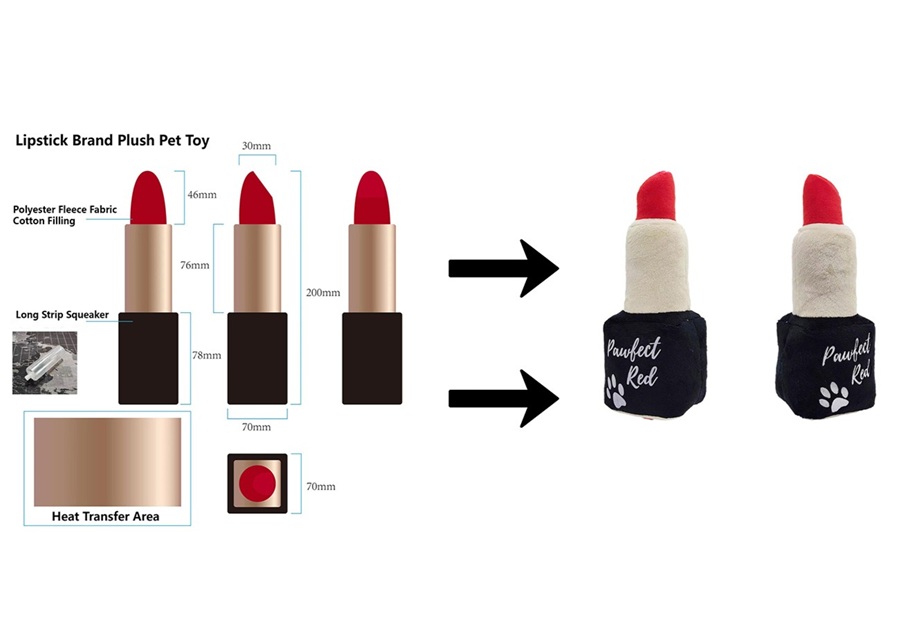
It might look like a long road. But as someone who has guided countless brands through this journey for over 10 years, I can show you the exact map. We will break down the entire process into clear, manageable steps. Let’s start with the foundation of any successful product: knowing your market inside and out.
Part 1: Understanding the Pet Toy Market
How to Identify Your Target Market for Custom Pet Toys?
You are not sure who your toy is for. If you try to appeal to everyone, you end up appealing to no one, and your great design gets lost.
Identify your market by first choosing a pet type, like dogs or cats. Then, narrow it down by their age, size, and breed. Also, consider the pet owners’ preferences, needs, and what they value in a toy to create a product they will actually buy.
When I start a project, the first question is always, "Who is this for?" The answer guides every decision. You can’t design a toy without knowing who will play with it. First, decide if it’s for dogs or cats, as their play styles are completely different. Then, get more specific. For dogs, a toy for a small puppy needs to be soft for teething, while a toy for a German Shepherd needs to be extremely durable. For cats, an interactive wand is great for an active kitten, but a senior cat might prefer a simple catnip plush. Finally, never forget the person buying the toy. Some owners want eco-friendly materials, while others want a toy that looks nice in their home. Understanding their needs is just as important as understanding the pet’s.
What Pet Toy Designs Do Pet Parents and Pets Love Most?
You are struggling with design ideas. Creating a toy that pets ignore is a waste of time and money, leaving you with unsold inventory and disappointment.
Popular designs include plush toys, tug ropes, and tennis balls for dogs. For cats, interactive toys like wands and catnip-filled mice are big hits. Researching these proven concepts gives you a strong foundation for your unique design and increases your chances of success.

Over the years, I’ve manufactured millions of pet toys. I’ve seen what sells and what collects dust. While innovation is great, it’s smart to start with designs that are already proven winners. For dogs, plush toys with squeakers, durable tug ropes for interactive play, and classic fetch toys like balls are always in demand. They satisfy a dog’s natural instincts to chew, play, and retrieve. For cats, engagement is key. Interactive wands with feathers, small catnip-filled mice, and puzzle feeders keep them mentally stimulated and physically active. Starting with one of these popular categories doesn’t mean your toy can’t be unique. You can innovate on the material, shape, or add a new feature, but grounding your idea in a proven concept significantly reduces your risk.
What Pain Points Do Pet Toy Customers Want to Solve?
You are worried your toy won’t sell. If your product doesn’t solve a real problem for pet owners, it will likely be ignored on the shelf.
Customers want toys that are safe and durable. They worry about their pets swallowing small parts or destroying a new toy in minutes. Addressing these pain points with high-quality materials and construction is key to building trust and earning sales.
When a pet owner picks up a toy, they have a few key questions in their mind. The two biggest concerns I hear are always safety and durability. A pet parent’s biggest fear is that a toy will harm their animal. They worry about toxic materials and small parts that can be chewed off and swallowed. When you design your toy, think about using non-toxic materials and ensuring strong stitching to eliminate these hazards. The second major pain point is durability. No one wants to spend money on a toy that their dog rips apart in five minutes. Creating a durable toy builds brand loyalty. Customers will remember that your toy lasted and will come back for more. This means choosing the right materials, like strong rubber or reinforced fabric, to solve this problem.
Why Are Pet Toys Essential for Pet Health and Development?
Is a toy just a toy? Many people see pet toys as simple playthings. They underestimate their crucial role and miss a key marketing angle for their products.
Pet toys are vital for mental stimulation, physical exercise, and dental health. They prevent boredom and destructive behaviors. Interactive toys also strengthen the bond between pets and their owners, making them an essential part of a pet’s well-being.
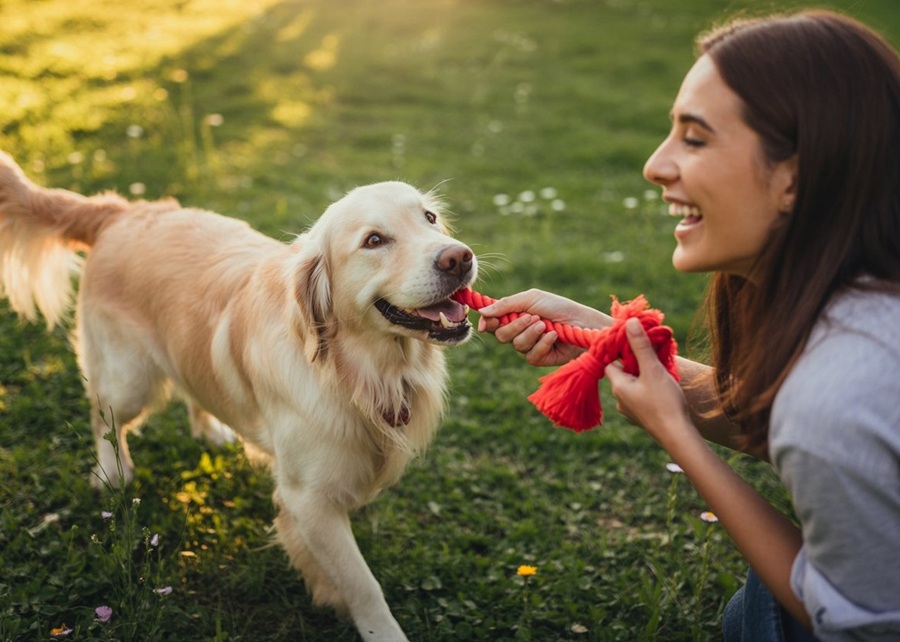
A great pet toy is more than just a fun object. It’s a tool that contributes to a pet’s overall health. When you develop your product, thinking about these benefits can help you create a more valuable and marketable toy. A bored pet is often a destructive pet. Toys provide essential mental stimulation1 that keeps a pet’s mind sharp. They also encourage physical exercise2, helping a dog stay fit or a cat stay agile. Most importantly, play is critical for a pet’s emotional health. Interactive toys, where the owner is involved, are incredibly important for building a strong bond. When an owner plays with their pet, it strengthens their connection and trust. Highlighting these health benefits shows customers that your toy is an investment in their pet’s happiness.
What Functional Features Should Custom Pet Toys Include?
You want your toy to stand out. A simple plush toy is nice, but it might not grab a buyer’s attention in a market full of options.
Popular functional features include treat-dispensing capabilities, crinkles or squeakers for sound, and varied textures for dental cleaning. Puzzle elements that challenge the pet mentally are also highly sought after. Adding functions increases a toy’s value and appeal.

Adding a function to your toy is one of the best ways to make it more attractive to customers. It takes the product from being a simple "chew thing" to a multi-purpose tool. Toys with an extra job to do sell better because they offer more value. Some of the most popular functions include food dispensing, where a toy can be stuffed with treats to turn mealtime into a fun challenge. Sound elements like squeakers or crinkle material add sensory excitement that keeps pets engaged. Other toys are designed with special textures that help clean a pet’s teeth as they chew. Puzzle and hide-and-seek toys with pockets to hide treats are fantastic for mental stimulation. Adding one of these functions can make your product much more desirable.
How Do Seasonal and Themed Elements Impact Pet Toy Sales?
You are looking for a sales boost. Ignoring seasonal trends means you’re missing out on huge spikes in customer spending throughout the year. It’s a missed opportunity.
Seasonal and themed toys see significant sales growth during holidays like Christmas and Halloween. Themes related to pet birthdays or parties also attract buyers. These special editions create excitement and drive impulse purchases for your brand.
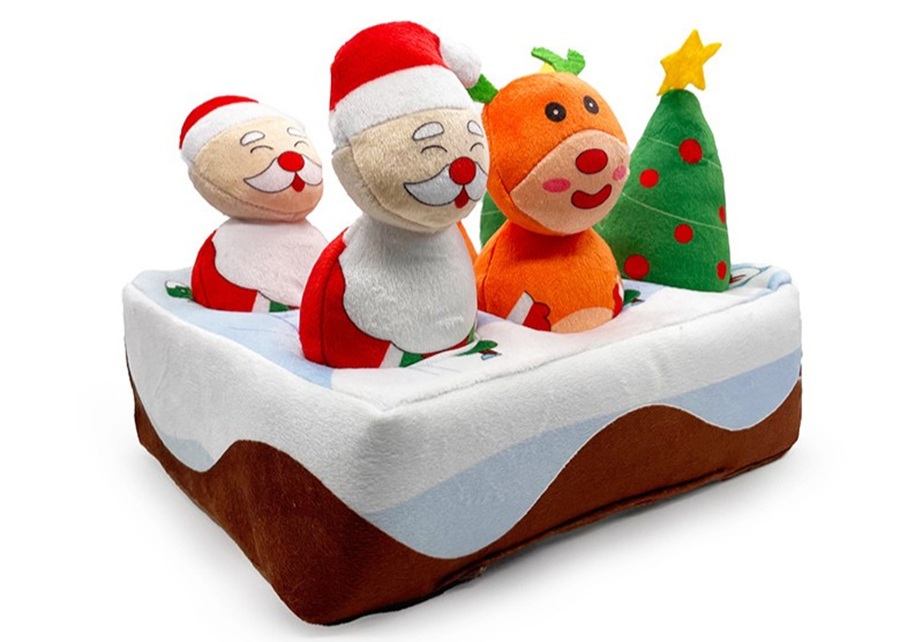
Pet owners love to include their pets in celebrations. This creates a fantastic opportunity for brands to drive sales at specific times of the year. People are already in a buying mood during holidays, and a cute, themed toy for their pet is an easy impulse buy. Think about major holidays like Christmas, with toys shaped like reindeer or Santa, and Halloween, with spooky ghosts and pumpkins. But it doesn’t stop there. You can also create toys around themes like pet birthdays, parties, or even popular food items. These themed collections create a sense of urgency because they are often limited-time items3. This encourages customers to buy them before they’re gone and is a powerful way to generate fresh interest in your brand throughout the year.
Why Does Aesthetic Design Matter in Pet Toy Development?
You think looks don’t matter for a pet toy. But the pet owner is the one with the wallet, and an ugly toy will be left on the shelf.
Aesthetic design is crucial because the pet parent makes the purchase. An attractive, well-designed toy that fits their home’s decor is more likely to be chosen. Color is also important, as dogs see blues and yellows best, which can enhance their engagement.
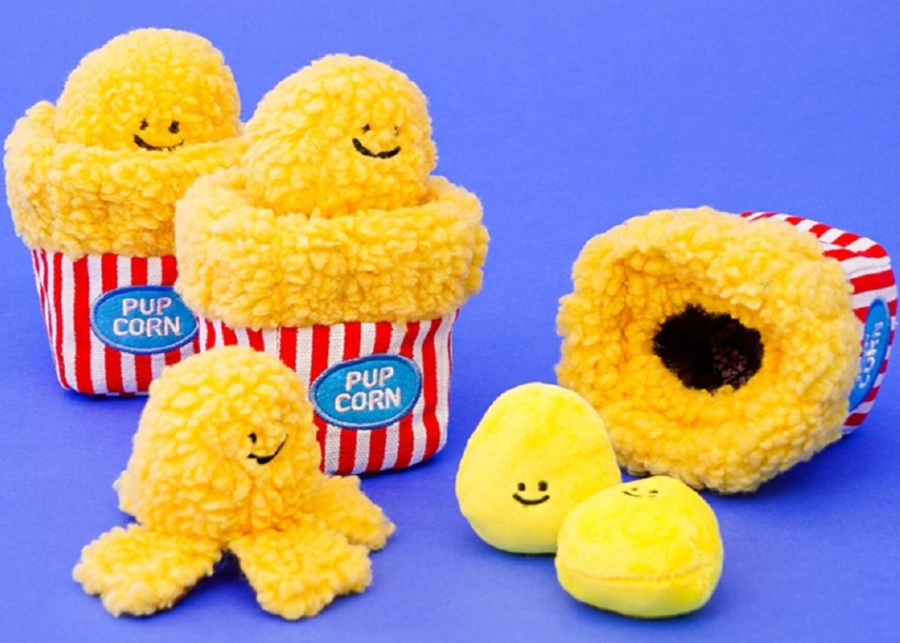
Never underestimate the power of good looks. While the pet is the end-user, the pet owner is the decision-maker. People like to buy things that look nice, and a pet toy becomes part of their home environment. Owners are more likely to choose a toy that doesn’t clash with their decor. Many modern brands use specific color palettes and clean designs because they know their customers want their pet’s accessories to look as good as their own. Aesthetics also matter to the pet, mainly through color. Dogs see a limited range of colors, primarily blues and yellows. Designing a toy in these colors can make it more visually stimulating and easier for a dog to spot. A great design considers both the human’s sense of style and the pet’s ability to see the toy.
Part 2: Prototype Design and Manufacturing
How to Create Effective Pet Toy Prototypes for Testing?
You have a great idea but no physical product. Without a prototype, you can’t test your design, get feedback, or show a factory what you want.
To create a prototype, start with a detailed sketch or digital drawing of your idea. A professional manufacturer can then turn this concept into a physical sample. At Preeminent, our professional design team can help bring your vision to life accurately.
The prototype4, or sample, is when your idea becomes a real object for the first time. This stage is critical for getting everything right. The process starts with your concept, which can be a simple sketch or a digital design. You then work with a designer to create a technical "blueprint" with details like dimensions and materials. As a professional manufacturer, we offer this design service because getting it right on paper saves time and money. The factory uses this blueprint to create the first physical sample. This is your chance to hold it, feel it, and test it. For example, my client Garrett had an idea to make plush toys that looked like his pickleball paddles. We worked from his concept to create a durable, engaging prototype that became a huge success.
What Are the Pros and Cons of Different Pet Toy Materials?
Choosing the wrong material can be a disaster. It could be unsafe for pets or not durable enough, leading to bad reviews and returns.
Materials vary in cost, durability, and safety. Plush is soft but less durable. Rubber is tough but can be heavy. You must balance these factors based on your toy’s purpose and target audience. Choosing correctly is critical for product success.
The material you choose affects everything: cost, look, feel, safety, and durability. There’s no single "best" material; it all depends on what you’re trying to create. It’s a balance of different factors. To make it clearer, here is a simple comparison of common materials we work with.
| Material | Customization Cost | Durability | Safety | Pet Preference |
|---|---|---|---|---|
| Plush/Fabric | Low | Low to Medium | High (if well-made) | Great for comfort/light chewing |
| Rubber | Medium | High to Very High | High (with non-toxic rubber) | Excellent for heavy chewers |
| Rope | Low | Medium to High | High | Great for tugging/dental health |
| Nylon | Medium | Very High | High | Best for aggressive chewers |
When you’re deciding, think back to your target audience. Are you making a soft comfort toy for a small dog? Plush is perfect. Are you designing a toy for a pit bull that destroys everything? You should probably be looking at durable rubber or nylon. As your manufacturing partner, we help you select the perfect material for your specific goals.
How to Find Professional Pet Toy Manufacturing Partners?
You are worried about finding a reliable factory. Choosing the wrong partner can lead to poor quality, missed deadlines, and communication nightmares, costing you time and money.
A professional partner should have strong design capabilities, a deep understanding of the market, and a commitment to quality. Look for experience, clear communication, and robust after-sales support. These are signs of a trustworthy manufacturer.
Finding the right manufacturing partner is about finding a team you can trust. A good partner will feel like an extension of your own company. Look for a factory with expertise in pet products and a clear commitment to quality. Ask about their quality control process. They should also offer a one-stop service. Dealing with multiple factories is a headache. A partner with a complete supply chain can save you time and money, like we do for our client Judy in Germany. She sends one list for toys, bowls, and beds, and we handle everything. Finally, clear and fast communication is crucial. A dedicated contact available 24/7 makes the process much smoother. Your manufacturer is your partner in growth, so find one who is invested in your success.
What Should You Expect During Pet Toy Sample Production?
You are anxious about the sample process. Not knowing what to check can lead to approving a flawed sample, resulting in a disastrous mass production run.
During sample production, you must verify everything. Check that the appearance, materials, colors, logo placement, and packaging match your design specifications exactly. This is your last chance to make changes before committing to a large order.
Receiving your first sample is exciting, but it’s a time for careful inspection. Don’t rush this. Approving a sample means you are telling the factory, "Yes, make thousands of them exactly like this." Any mistake will be multiplied. You should check a few key things. Does it look exactly like your design? Are the shape and dimensions correct? Is it made from the correct material and color? Is your logo placed correctly? You also need to review the packaging and the overall construction quality. Check the stitching and seams. Be picky. A good manufacturing partner will be happy to revise the sample until you are 100% satisfied. This careful check is the final gate before mass production.
How to Calculate Cost-Effectiveness for Custom Pet Toy Production?
You are afraid of losing money on your new toy. Miscalculating your costs can erase your profit margin5s before you even sell a single unit.
To calculate cost-effectiveness, you must add up all your expenses: manufacturing cost per unit, shipping, warehousing, and marketing. Then, compare this total cost to your planned selling price to ensure you have a healthy profit margin.
Knowing your numbers is essential. Before you place a large order, you need to be confident that you can sell your toy for a profit. It’s not just about the factory price. First, you have the unit cost from the factory. Then, you must add the cost of shipping to get the goods to your country. A good partner can help here; we always work to optimize packaging to reduce our clients’ shipping fees. The unit cost plus shipping and any import taxes gives you your "landed cost6." This is the true cost of getting one toy into your warehouse. Don’t forget other costs like marketing and storage. Once you know your total cost per toy, you can set a retail price that gives you enough margin to cover everything and be profitable.
How to Successfully Scale Pet Toy Production for Mass Manufacturing?
Your toy is a hit, but can you meet the demand? Scaling up production too quickly without a solid plan can lead to a sudden and disastrous drop in quality.
To scale successfully, you need a manufacturing partner with proven capacity and strict quality control. Ensure they can maintain the same standards from the first sample to the ten-thousandth unit. Clear communication and planning are essential for smooth growth.

Scaling from a small order to mass manufacturing is a great problem to have. But the biggest challenge is maintaining quality as the quantity increases. This is where the strength of your manufacturing partner really shows. A small workshop might make a beautiful sample, but can they make 20,000 of them that are all identical? To scale successfully, you need a partner with established processes and quality checks at every stage. They must have a robust supply chain to handle large orders without compromising quality. We help our clients scale by forecasting future demand with them. This allows us to secure raw materials and schedule production time in advance. Successful scaling isn’t just about making more; it’s about making more, just as well.
What Quality Control Measures Ensure Pet Toy Safety Standards?
You are terrified of a product recall. A single safety issue can destroy your brand’s reputation and lead to costly legal problems. It’s a brand’s worst nightmare.
Strong quality control involves three key stages: strictly vetting raw materials, inspecting products during manufacturing, and verifying the final order before shipment. This ensures every toy is safe, durable, and matches your exact specifications.

Quality control is a continuous process, not a single event. It is the most important promise we make to our clients. Our quality assurance system is built on three pillars. First, we have strict raw material control. We vet our suppliers and test materials to ensure they are non-toxic and safe. Second, we have rigorous product inspection during production. We check that the final item perfectly matches the approved design, from the logo to the stitching. For sourcing orders, we physically count and inspect every item. Third, we provide pre-shipment verification. We send our clients photos of the finished products, packaging, and even the container being loaded. This final check gives our clients complete peace of mind and ensures every toy meets the highest safety standards.
Conclusion
From a simple idea to a best-selling product, the journey is detailed but achievable. Follow these steps, find the right partner like Preeminent, and you can succeed in this market.
-
Exploring this resource will reveal how mental stimulation through toys enhances your pet’s cognitive abilities and overall happiness. ↩
-
This link will provide insights into the importance of physical exercise for pets and how toys can facilitate an active lifestyle. ↩
-
Discover the power of limited-time offers in creating urgency and increasing sales for your pet products. ↩
-
Understanding the role of prototypes can enhance your design process and ensure product success. Explore this resource for deeper insights. ↩
-
Knowing the right profit margin helps ensure your business remains sustainable. Check this link for insights on setting your margins. ↩
-
Calculating landed cost accurately is vital for pricing your products correctly. This resource will guide you through the process. ↩

